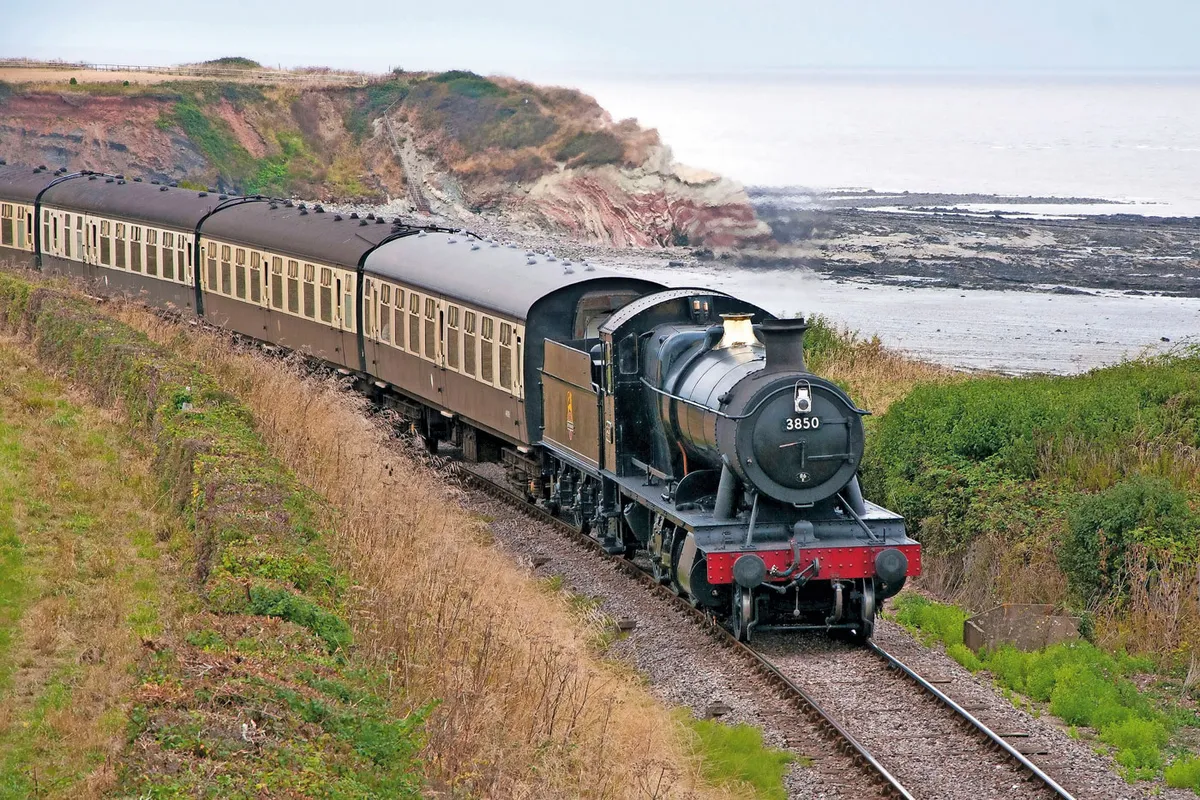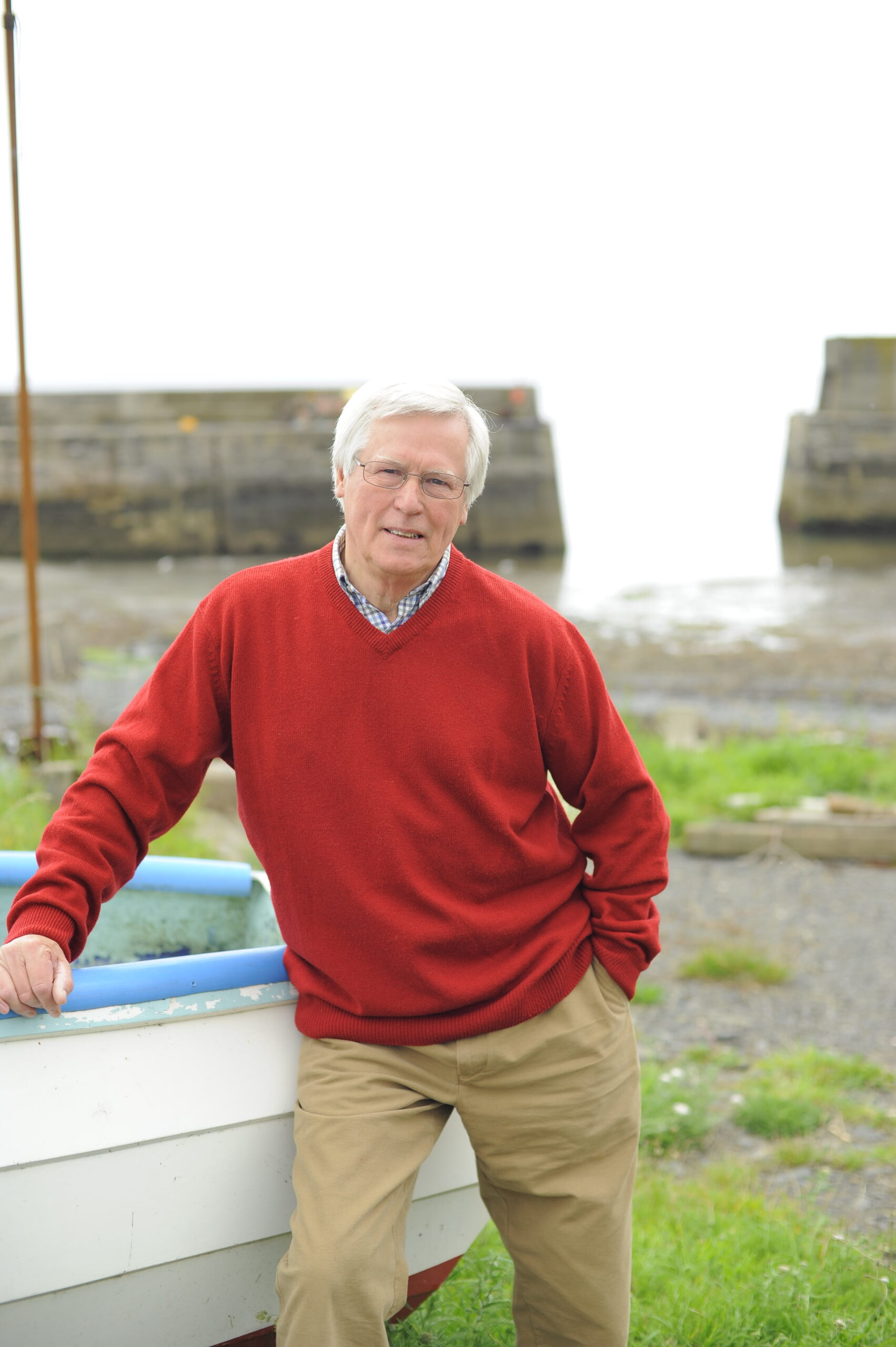Not only the weather was bleak on a cold January day in 1971 when I stepped aboard one of the last trains to leave the Somerset seaside resort of Minehead to travel for 26 miles between the coast and the Quantock Hills to its destination, the market town of Taunton. For the trains, it was, in all senses, the end of the line.
Sad faces lined platforms and peered from carriage windows as, after almost 100 years, this much-loved rural branch line felt the axe coming down – like so many others in the Beeching era. I was reporting the closure for the BBC’s regional programme Points West and what I remember most was the sense of gloom.
Lost track
Minehead people were losing a lifeline. Every summer, trains had brought thousands of holiday makers to this the seaside resort and its Butlin’s camp and now that link had gone. What was going to happen to an isolated community of 7,000 that relied on tourism? Hoteliers, café owners and amusement operators, already threatened by the boom in foreign package deals, were in despair.

Recently I returned to update the story and found that Minehead has certainly survived as a holiday destination, thanks largely to the upsurge in car ownership during the intervening years. Ironically, so has the line. Five years after it closed, the West Somerset Railway was set up by a charitable trust, and runs the longest heritage steam railway in England along the same tracks. It has 50 staff and 1,100 volunteers, carries 200,000 passengers a year, operates from March to October plus ‘Santa specials’ and contributes £5 million a year to the local economy. A real rural success story.
On the day that I again travelled on a railway line that 46 years ago I had pronounced dead, carriages were filled with older people recalling the days of steam and young families excitedly coming across it for the first time. At stations such as Blue Anchor and Watchet, they got off to explore the countryside and the beaches.
All across rural Britain there are similar stories of heritage lines doing good business on routes previously condemned as unprofitable, which is why rail enthusiasts believe the Beeching axe was wielded far too soon and far too widely.
Joining the dots
But for many locals in Minehead there is a rather large snag – the heritage line abruptly terminates three miles short of Taunton, at Bishops Lydeard.
“It is frustrating,” says Alex de Mendoza, chairman of Minehead Chamber of Commerce. “What’s desperately needed is a proper feasibility study into whether a year-round commuter service would be viable. After all, the track is still there all the way to Taunton and a regular passenger service between the two towns would be a huge boost to tourism, as well as making it easier for local people to work in Taunton and beyond, and vice versa.
To me, it’s a no-brainer.”
Mr Mendoza says that his members were nearly 100% in favour when asked if they would like a regular train service. Great Western Railway, the mainline operator that would be involved in any such a move, tell me that they have had “early conversations” but won’t say any more. Whatever role that Somerset’s resurrected railway plays in the future, I have the feeling that this time it’s
here to stay.
